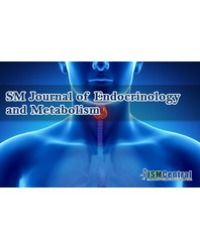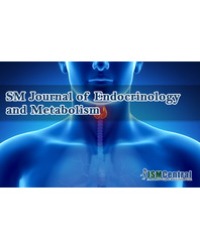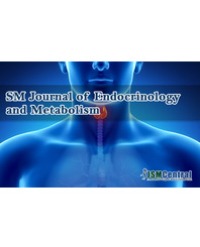Extracellular signal-regulated kinase-1/2 (ERK1/2) activation and expression and proliferating cell nuclear antigen (PCNA) content in normal tissues, benign and malignant (metastatic and not metastatic) human thyroid tumors were studied. In malignant tumors and follicular adenoma tissue increased PCNA expression was observed, and the amount of antigen in tumor tissue, except for follicular carcinoma, exceeded the amount in the conditionally normal tissue. Importantly, in encapsulated papillary carcinomas this excess was 85%, while in nonencapsulated, metastatic tumors PCNA content was on average more than 3 times above normal, and in the cases of most aggressive tumors with metastases in lungs – even 4 times. Total ERK content was significantly lower in tumors compared to normal tissue, except goiter. Activation of the ERK was almost completely suppressed in tumors but not in normal tissue. Thus, ERK activation is not associated with proliferative processes in thyroid tumor tissue. PCNA amount in thyroid tissue could serve as one of diagnostic and prognostic markers, and development of effective antigen inhibitors may be a promising trend in thyroid cancer treatment.
Guda BB, Pushkarev VM*, Pushkarev VV, Kovalenko A Ye, Taraschenko YM, Kovzun OI and Tronko MD





